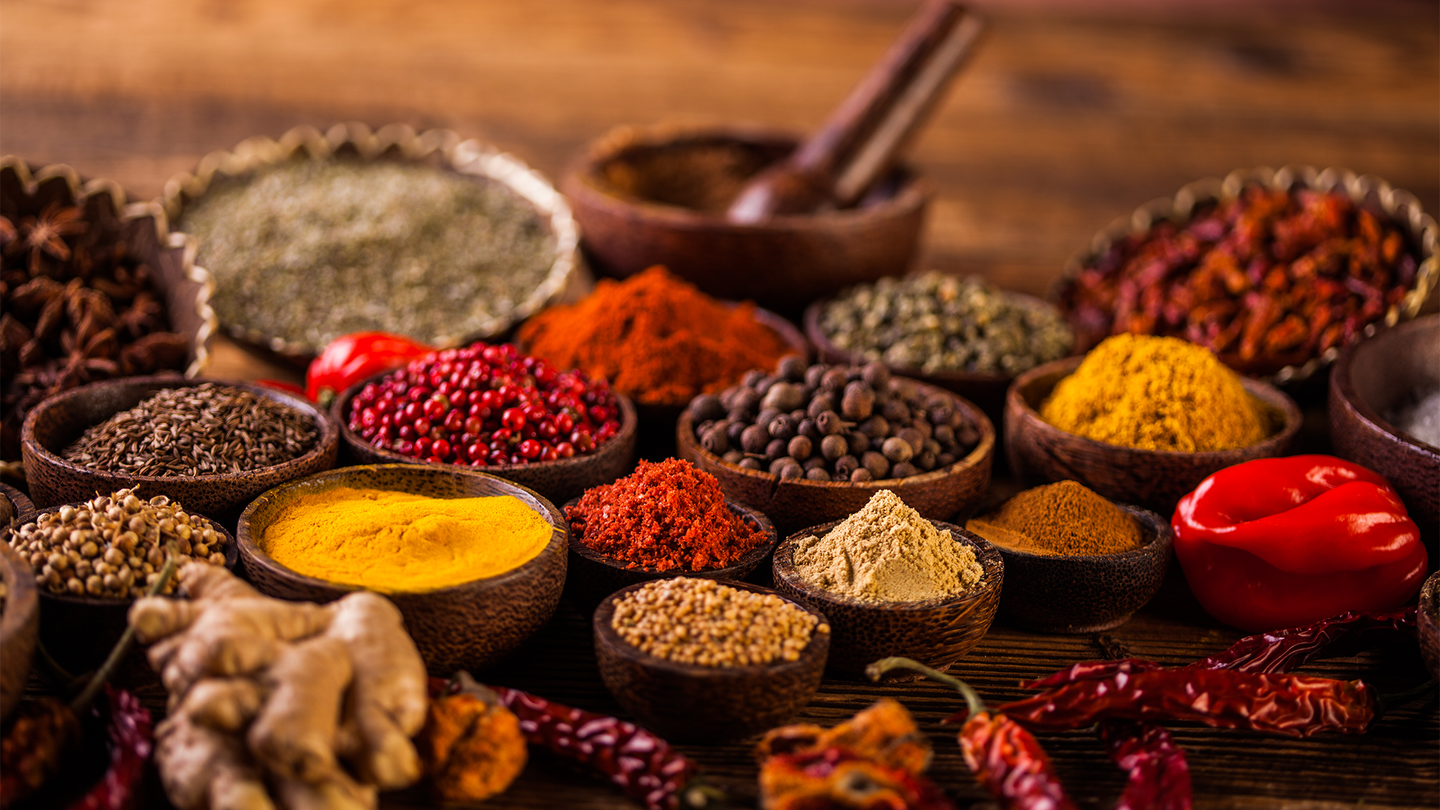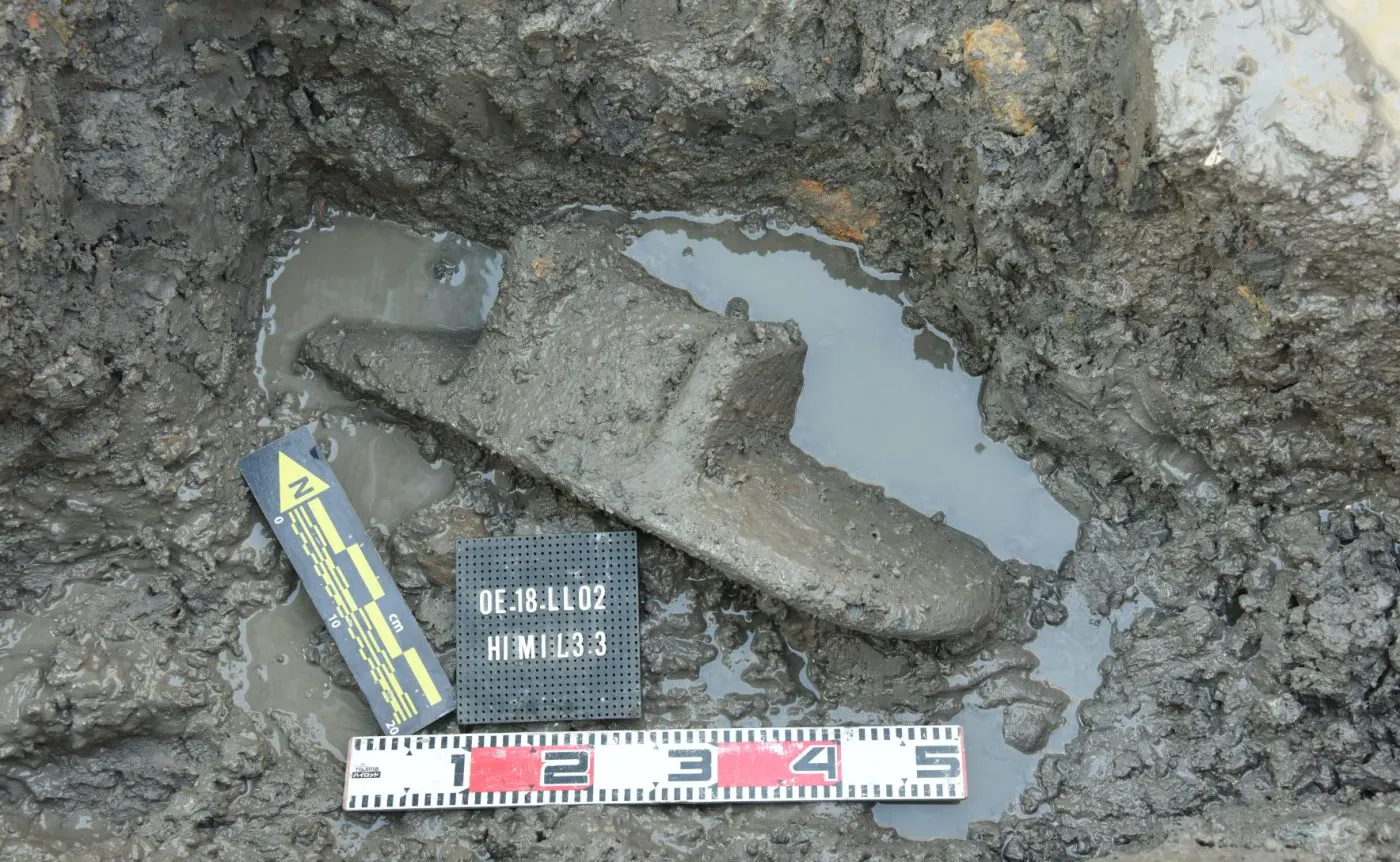
The global spice trade has been linking global economies and shaping the world for at least 4,000 years. Seasonings and herbs we completely take for granted today were once so valuable that a long held theory believes that Roman soldiers were sometimes paid in salt, even giving rise to the word “salary.”
[Related: For decades, turmeric’s ultra-golden glow had a deadly secret.]
Now, scientists have uncovered the remnants of Southeast Asia’s earliest evidence of curry–a dish of meat or vegetables seasoned with a mixture of spices– in Vietnam dating back almost 2,000 years. The findings are detailed in a study published July 21 in the journal Science Advances.
The team from Australian National University analyzed the micro-remains from the surface of stone grinding tools recovered at the Oc Eo archaeological site in southern Vietnam. South Asia has played a vital role in the spice trade since the Bronze Age. Southeast Asia especially played a vital role due to its tropical climate and geographical location between the Indian subcontinent and China—perfect for growing and transporting the seeds, fruits, and other crops used to make spices.
Most of the tools studied for this paper were excavated between 2017 and 2019, while others had been stored at a local museum. The team initially set out to understand and learn more about the function of a set of stone grinding tools called “pesani,” that people of the ancient Funan kingdom possibly used to powder their spices. What they found, however, was delicious clues about ancient curry.
The tools bore the remains of a wide range of spices still stored in cabinets today, including sand ginger, galangal, clove, nutmeg, cinnamon, ginger, fingerroot, and tumeric.
“Our study suggests that curries were most likely introduced to Southeast Asia by migrants during the period of early trade contact via the Indian Ocean,” study co-author and Australian National University PhD candidate Weiwei Wang said in a statement. “Given these spices originated from various different locations, it’s clear people were undertaking long-distance journeys for trade purposes.

The study also shows that the port city of Oc Eo played an important role in a trade that linked the economies and cultures of Asia, Africa, and Europe and sheds more light on how significant and coveted spices were as commodities in ancient civilizations.
In addition to the microscopic remains on the stone tools at the site, the team also excavated some well-preserved seeds.
“The preservation of plant remains in Oc Eo is exceptional – the seeds were so fresh it was hard to believe they were 2,000 years old,” co-author and Australian National University archeologist Hsiao-chun Hung said in a statement. “We believe further analysis could identify more spices and possibly even uncover unique plant species, adding to our understanding of the history of the region.”
[Related: What would possess someone to eat a Carolina Reaper pepper? This writer tried to find out.]
Despite today’s curry powder being readily available stored in plastic containers at a local grocery store, the key ingredients haven’t really changed since ancient times.
“The spices used today have not deviated significantly from the Oc Eo period,” co-author and archaeologist at Vietnam’s Southern Institute for Social Sciences Khanh Trung Kien Nguyen, said in a statement. “The key components are all still there, such as turmeric, cloves and cinnamon.”
The team hopes to analyze the seeds found at the site in future studies and could identify more spices or even some unique plant species that will add to the understanding of this region’s history. Completing more dating at the site could also fill in some gaps on when and how each type or plant or spice was traded around the world.
The post Leftovers of a 2,000-year-old curry discovered on stone cooking tools appeared first on Popular Science.
Articles may contain affiliate links which enable us to share in the revenue of any purchases made.
from | Popular Science https://ift.tt/I4aQcqe



0 Comments